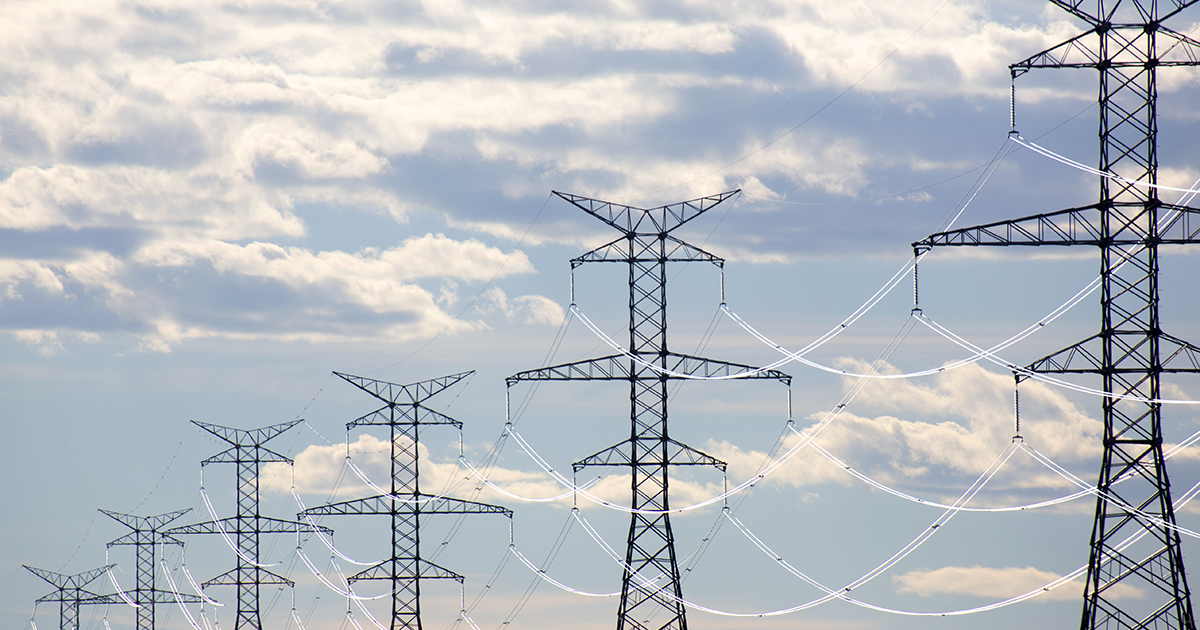
Even during periods of tight spreads, credit performance has tended to be positive with annualized total returns averaging 2.6% for IG and 3.9% for HY.
Last year, we highlighted that while recession risks were elevated, corporate fundamentals were in decent shape and that credit spreads typically don’t widen until late in the cycle and, in some cases, not until a recession occurs. Given the growing consensus of a soft landing since then, spreads have grinded tighter while Treasury yields have etched higher. In turn, investment grade (IG) and high yield (HY) bonds have returned 7.7% and 9.1% over the past two quarters[1] all while sporting an average yield of 5.6% and 8.4%, respectively.
While much of that strong performance was in the fourth quarter of last year and given investment grade and high yield credit spreads are now in the 6th and 3rd percentile of tightness relative to history, investors are concerned if they should stay the course or underweight corporate bonds in general. While we acknowledge there is limited scope for spreads to tighten further, history suggests spreads can remain tight for a while. As shown, both IG and HY spreads on average have traded in the top quintile of tightness for over year, with the 2005-2007 episode lasting just over two years.
Moreover, even during periods of tight spreads, credit performance has tended to be positive with annualized total returns averaging 2.6% for IG and 3.9% for HY. It should also be emphasized that all-in yields in IG and HY are in the 64th and 46th percentile currently, suggesting attractive yields and low default risks are keeping demand robust for credit. In fact, weekly IG flows have remained positive since November 2023 even though issuance has been strong to start the year. In summary, we expect yields to stabilize in the near term and for spreads to remain tight given still healthy credit fundamentals and strong economic activity. Should yields remain above 5% for IG and 7.5% for HY, demand is likely to remain strong given the attractive income these assets should continue to produce.
[1] Period from September 30, 2023 to March 31, 2024.





